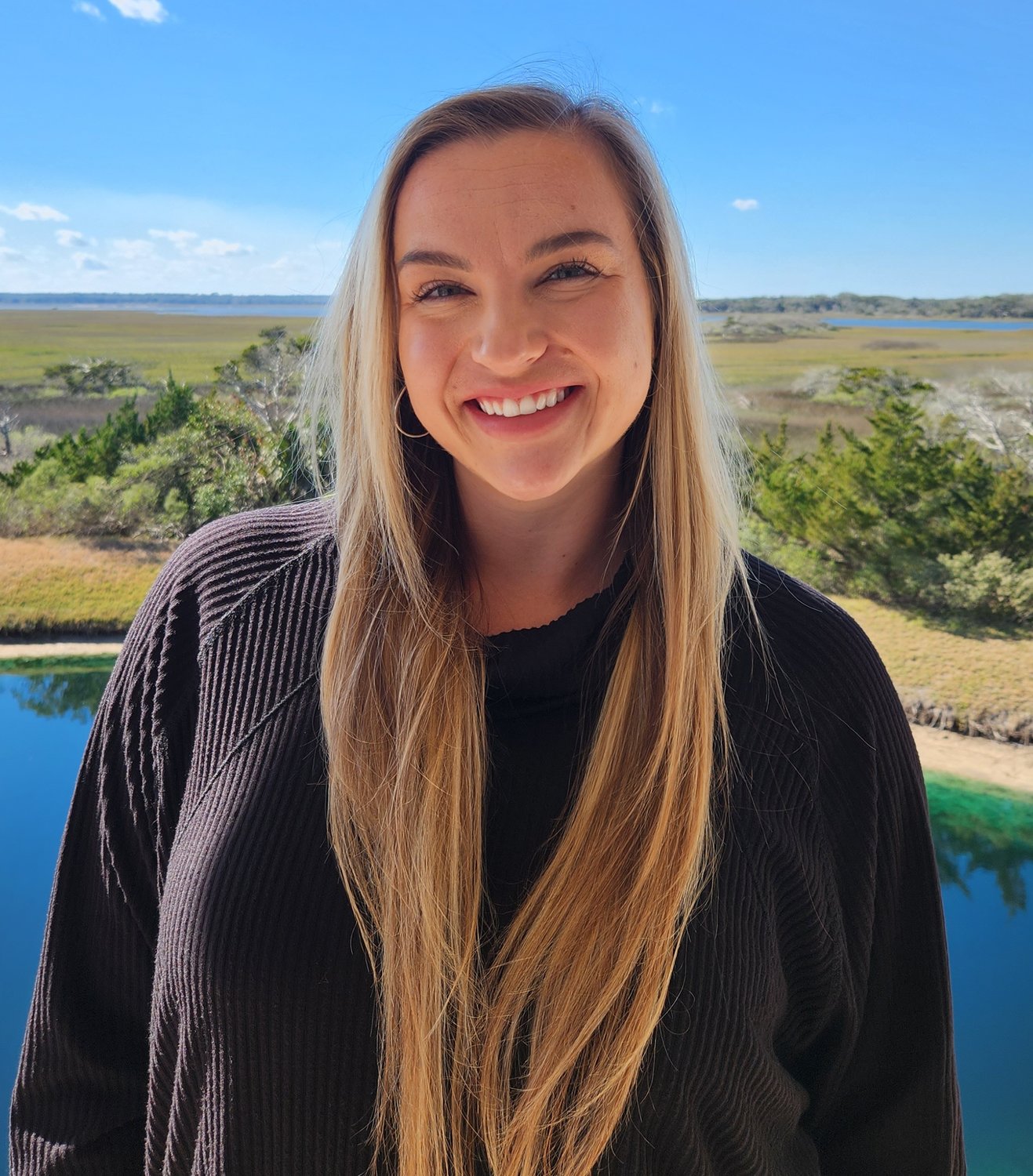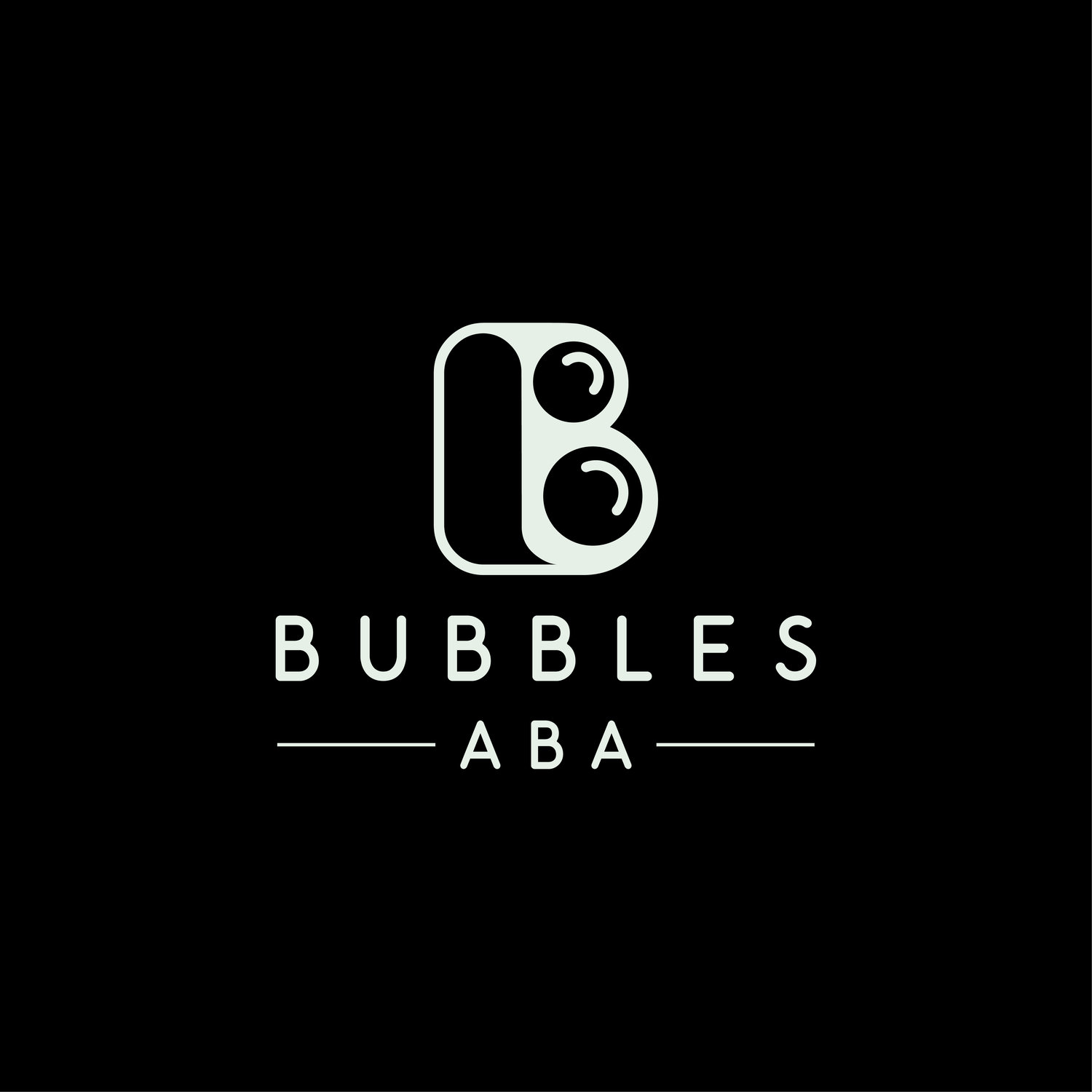Bubbles ABA plans to begin in-home therapy in February
Madison Przydzial Culbertson, moved to the Ponte Vedra area about two years ago from Chicago and is on the verge of starting Bubbles ABA, as a certified behavioral analyst.
Applied behavioral analysis is an evidence-based approach to help manage autism with a focus on behavior change and behavior intervention through promoting communication in general.
“I had always kind of been from the Midwest, but at the beginning of the pandemic, just kind of had the opportunity to come this way,” Przydzial Culbertson said. “I had been working in Jacksonville for the past two years, but have now decided to branch out on my own.”
Currently she is still in the process of finalizing the credentialling requirements to begin her therapy practice, but she plans to begin providing just in-home appointments as early as February.
She would love to get to the point where she can one day expand and open an on-site clinic to accompany her in-home visits.
“That is the ultimate goal, and I’m not sure how long, but hopefully in the next couple of years,” Przydzial Culbertson said.
She will specialize in children from 18 months to 6 years old, as 18 months has been the earliest some doctors have begun to diagnose autism.
By working with such a young age group, the focus will concentrate on achieving early milestones and helping the child adapt to social settings to get them ready for school.
“The in-home aspect is something that is very important for the children and their families, because it allows for a real hands-on training in a comfortable environment that the kids are used to,” Przydzial Culbertson said. “This way the parents really know the techniques that are being used and it is a true team effort.”
According to Przydzial Culbertson, the training being done is often times not just pertaining to the children, even though they are the primary focus, but much of the process also deals with making sure parents are properly trained so that they understand what signs to look for and how to best help their child when a situation arises.
Throughout her schooling at Purdue University and her time working in the field, she has realized that in order to properly treat a children, it is important for all those involved to understand that not all children are the same and therefore certain measures that work for some may not be the solution for others.
“We work on a lot of functional communication, because increase communication for the kids is huge,” Przydzial Culbertson said. “It’s all about reducing maladaptive behaviors that may be impeding their learning. That can look different in any kiddo, because I’ve worked with kids who are not really able to produce sounds or echo you in a certain way, so we may work through a picture exchange communication system in that case. Some kids even use tablets as communication device, so there’s just so many different avenues to explore.”
Because of these differing methods of approach, treatments can really be individualized to help hone in on the needs of each specific child.
“It all comes down to seeing the world and teaching differently,” Przydzial Culbertson said. “You have to be willing to adjust, and if you can do that and understand the best route they’re taking in their mind, you can really start to see the jump in their progress and help them to move forward. There’s no better feeling than that.”










